
Yam Caravanserai, the largest caravanserai in northwestern Iran
In the past, before modern transportation existed, moving goods and passengers was extremely challenging. In addition, road security was a major concern for governments. For this reason, caravanserais were established along main routes to facilitate travel and ensure the safety of caravans. Iran is home to numerous caravanserais, many of which are unparalleled in architectural design. The Yam Caravanserai in Marand—also known as the “Shah Abbasi Caravanserai” or “Payam Caravanserai”—is the largest caravanserai in northwestern Iran and historically played a vital role in communication and transportation.
History of the Yam Caravanserai in MarandThe original structure of the caravanserai dates back to the Ilkhanid era (13th–14th centuries CE). Its designation as a “Shah Abbasi” caravanserai likely relates to renovations carried out during the reign of Shah Abbas I of the Safavid dynasty (16th century CE). During his rule, Shah Abbas established and restored numerous caravanserais to promote trade and ensure the security of roads, several of which have survived to the present day.
Features and Architecture of the Yam Caravanserai in Marand
This caravanserai, located along the Silk Road, was one of the most important lodging and service structures of its time. Following the style of Iranian caravanserais, it has a large central courtyard surrounded by rooms, all of which face the courtyard. A continuous iwan (porch) connects the rooms to the courtyard, a design commonly referred to as a “four-iwan” layout. The overall plan of the caravanserai is rectangular, measuring 62 meters in length and 48 meters in width. To enhance security and structural stability, brick circular towers were built at each of the four corners, each with a diameter of about seven meters. These towers not only served as watchtowers but also as places to light fires at night, helping caravans traveling from distant regions to find their way.
The caravanserai features a tall entrance and an elevated gateway to facilitate the passage of pack animals and their loads. Additionally, a small dome is part of the structure, adding to its architectural character. The climatic conditions of the region over several centuries had caused the Yam Caravanserai to deteriorate. As a result, restoration work on the structure began in 1999 (1378 AH). Today, the caravanserai has once again become a suitable place for tourists and travelers to stay and is also used as an inn.
Where is the Yam Caravanserai in Marand located?
The village of Yam (Payam) in Marand, situated 13 kilometers along the Marand–Tabriz road, is the closest settlement to the caravanserai. The word “Yam” in the Mongolian language also means “Chapar.” Chapars were official couriers during the Achaemenid period (1st millennium BCE), responsible for delivering messages across different regions of the country. This name reflects both the antiquity of Yam village and its historical importance along communication routes.
The village boasts stunning natural scenery, and visiting it not only allows a tour of the Yam Caravanserai—built on the slopes of the Mishou Mountains—but also offers opportunities to enjoy the surrounding landscapes. The Mishou Mountains lie between the Marand and Shabestar counties, with the summit of “Ali Alamdār,” at 3,200 meters, being the highest point.
In spring, the plains surrounding the village are covered with a red carpet of poppies, and in summer, the weather in the region is very pleasant and enjoyable. Therefore, the best time to visit this caravanserai is during the spring and summer seasons. However, traveling in the colder months also provides the opportunity to use the Yam ski slope.
National and World Registration of the Yam CaravanseraiThe Yam Caravanserai was inscribed on Iran’s National Heritage List in 2011 (1390 AH). This caravanserai was among the 56 Iranian caravanserais nominated in 2023 for inscription on the UNESCO World Heritage List. However, the evaluation committee of the organization, in a session held in Riyadh, announced that due to the use of modern materials in the restoration of the caravanserai, its authenticity was not convincing. As a result, the structure was removed from Iran’s nomination list.
| Name | Yam Caravanserai, the largest caravanserai in northwestern Iran |
| Country | Iran |
| State | East Azerbaijan |
| City | Marand |
| Type | Historical |


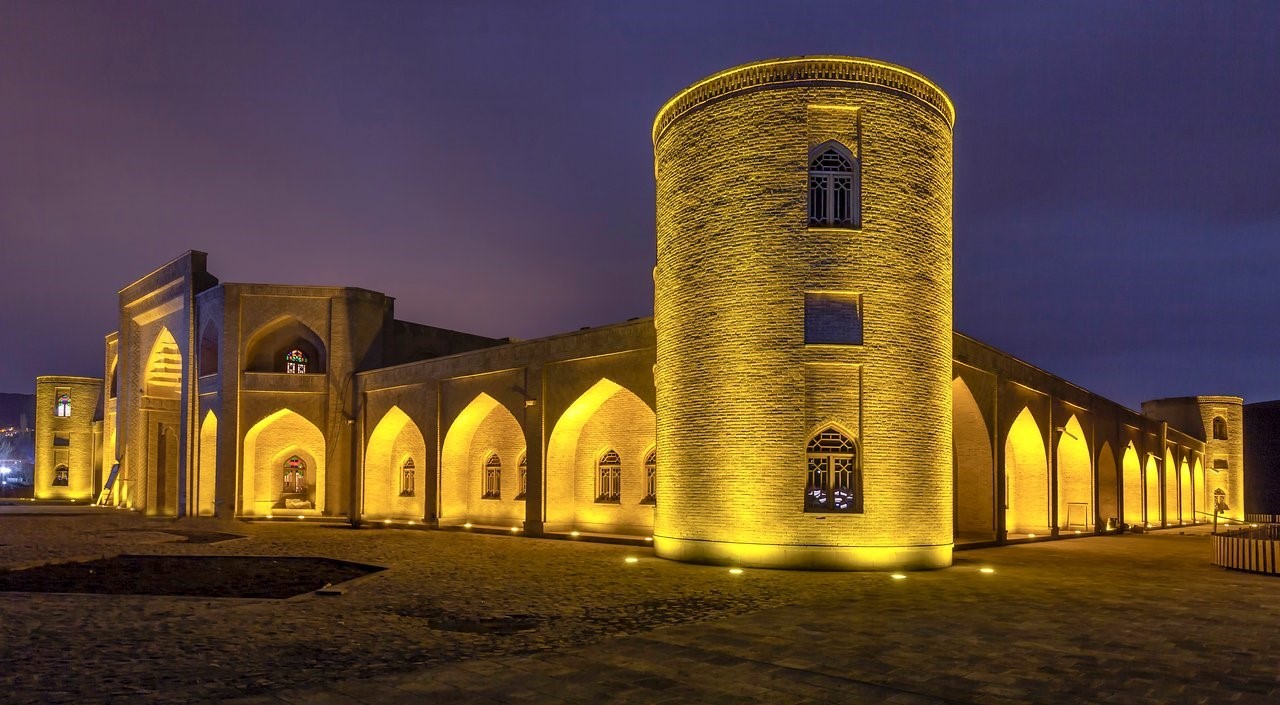
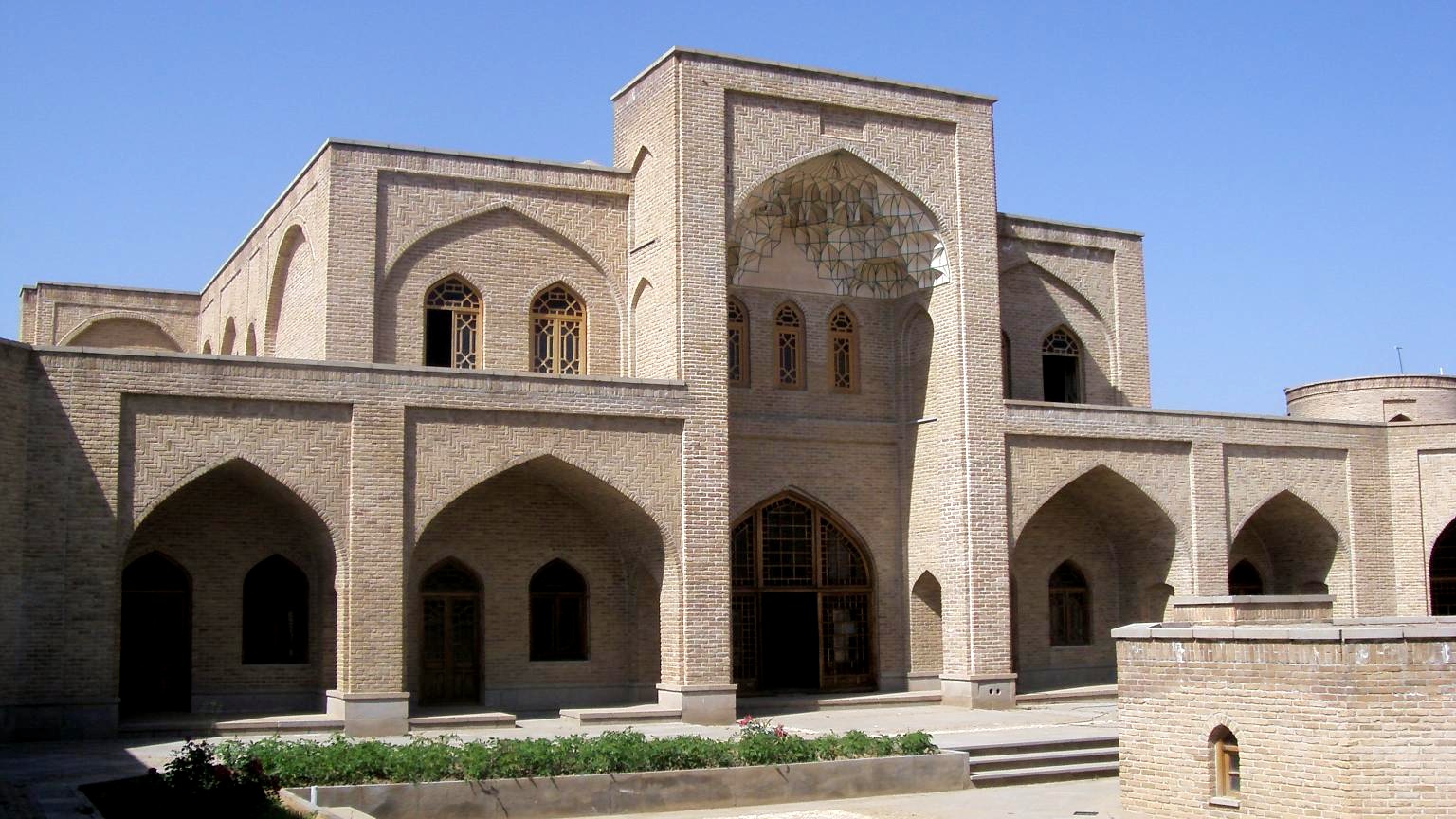




Choose blindless
Red blindless Green blindless Blue blindless Red hard to see Green hard to see Blue hard to see Monochrome Special MonochromeFont size change:
Change word spacing:
Change line height:
Change mouse type:
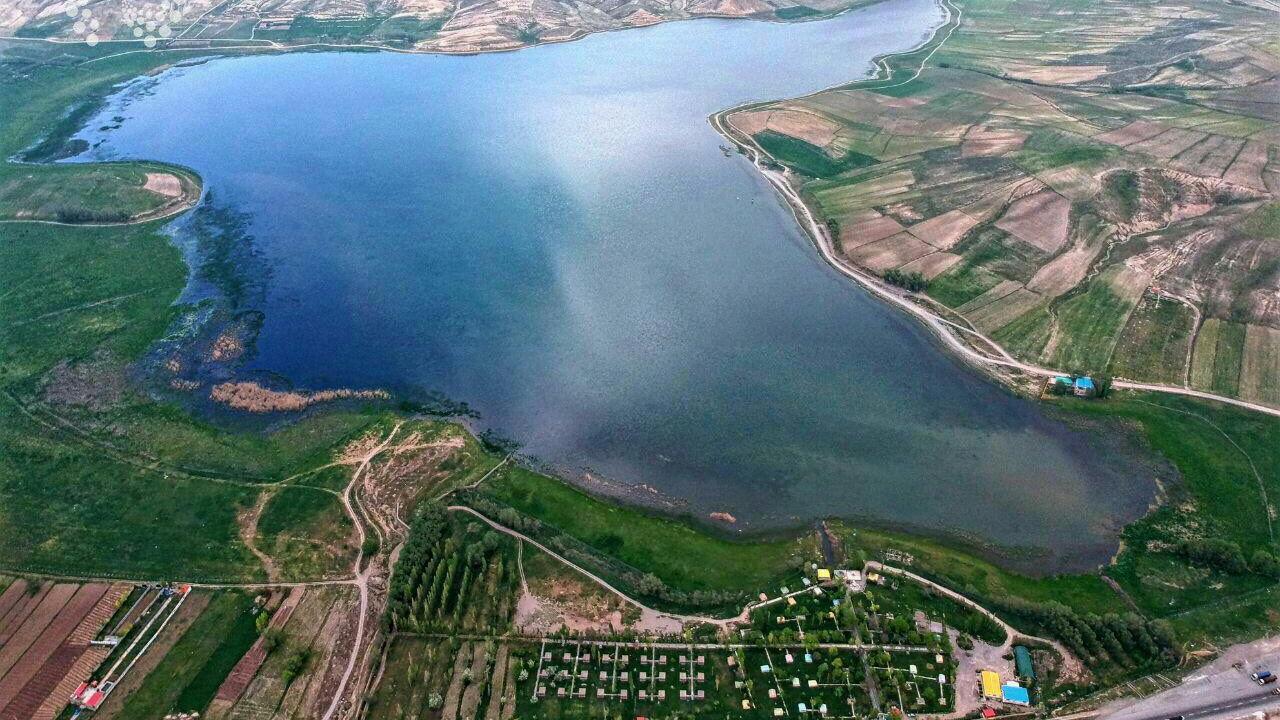



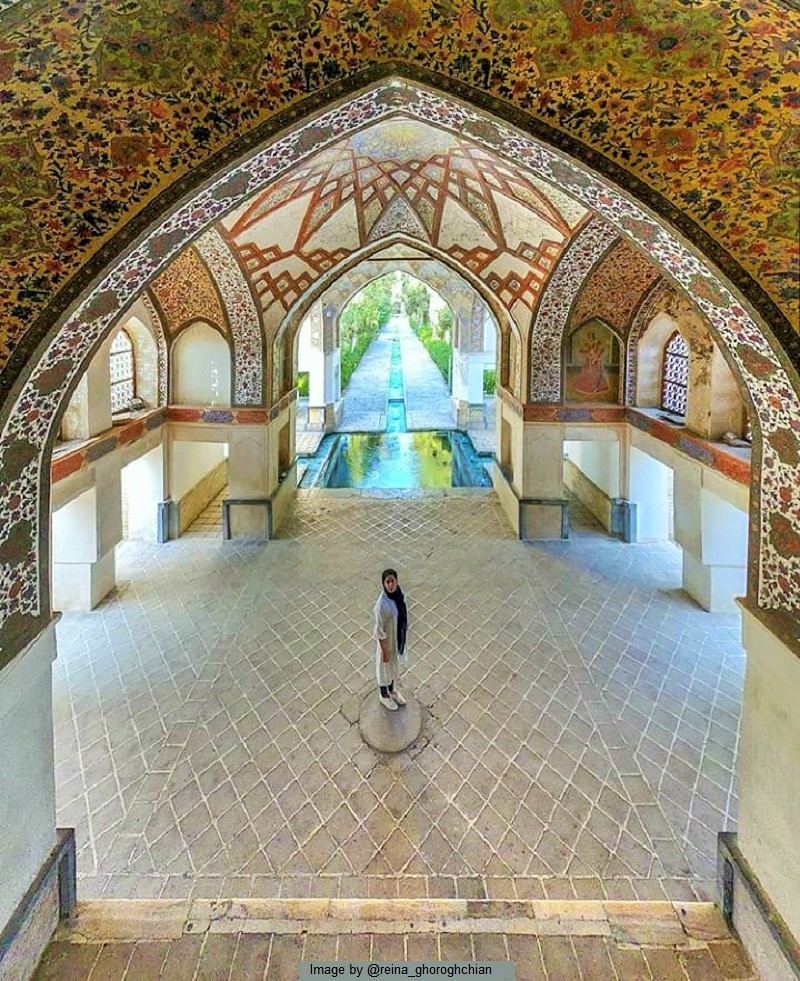
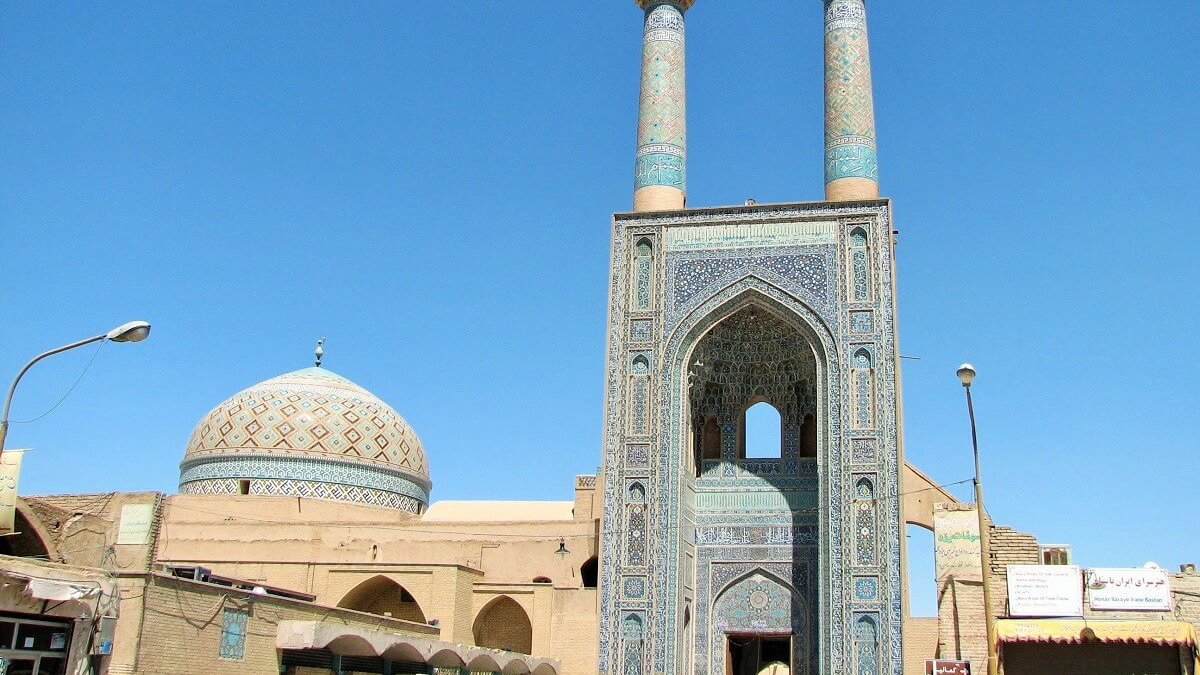
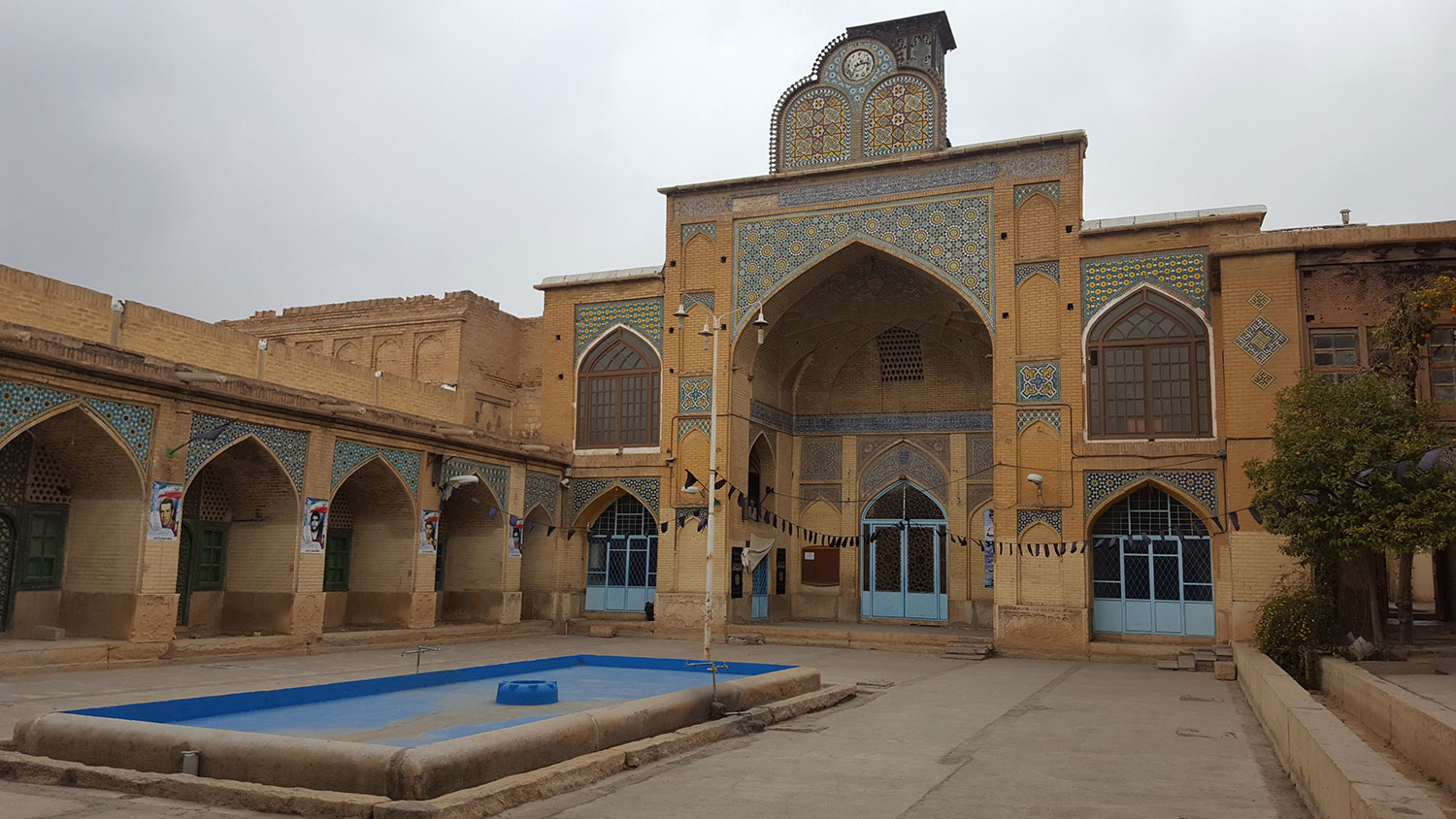
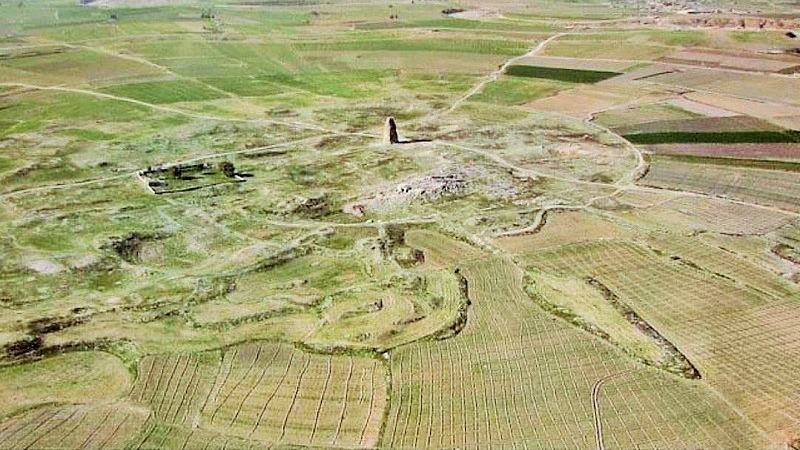

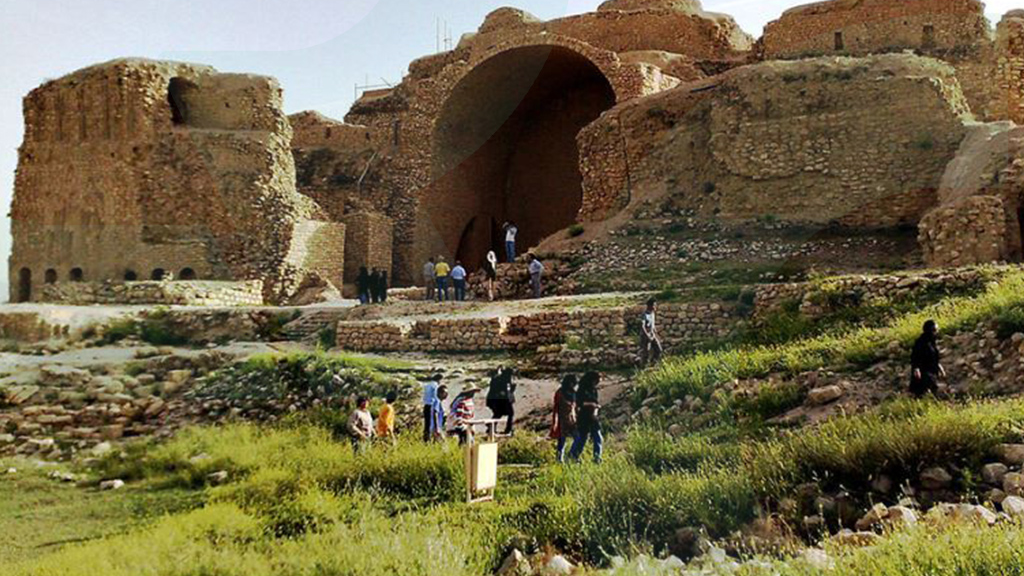

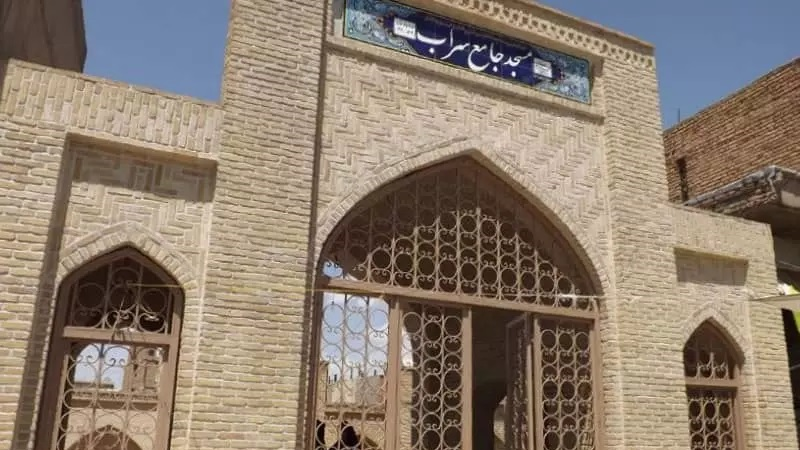
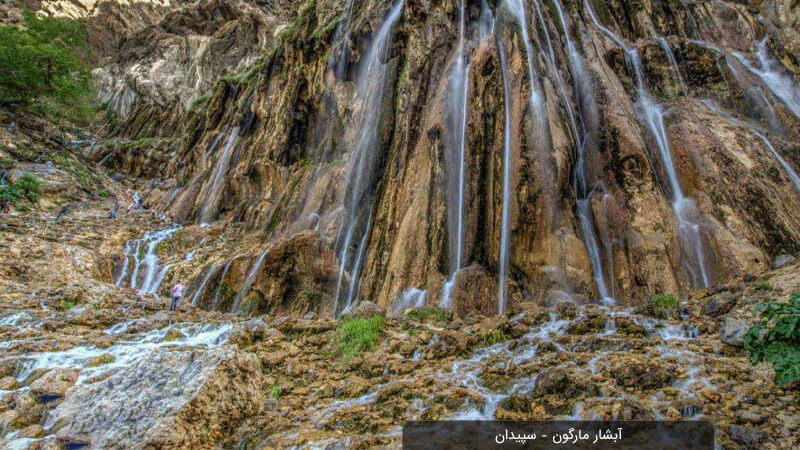
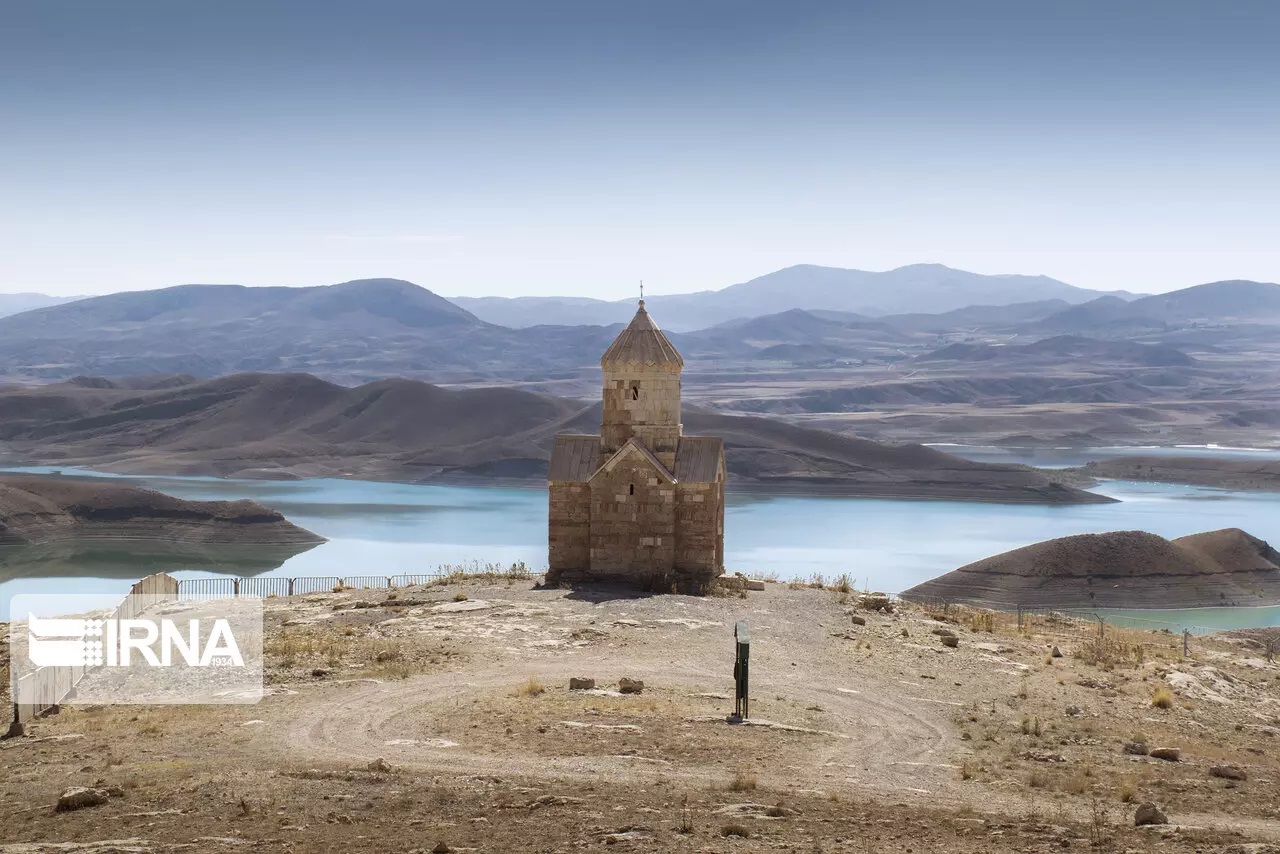
_crop_2.jpg)